 Red Cross Band
Red Cross Band
Entry Category: Science and Medicine
 Red Cross Band
Red Cross Band
 Red Cross Canteen at Elaine
Red Cross Canteen at Elaine
 Red Cross Gifts
Red Cross Gifts
 Red Cross Volunteers
Red Cross Volunteers
 Red-cockaded Woodpecker
Red-cockaded Woodpecker
 Red-cockaded Woodpecker
Red-cockaded Woodpecker
 Red-cockaded Woodpecker Call
Red-cockaded Woodpecker Call
Red-cockaded Woodpeckers
aka: Picoides borealis
Reed, Eddie
Reid, Thomas Jefferson
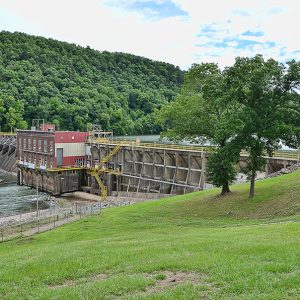 Remmel Dam
Remmel Dam
 Remmel Dam Plaque
Remmel Dam Plaque
 Remmel Dam Turbines
Remmel Dam Turbines
Remmel Dam
aka: Lake Catherine
 Remmel Dam Construction Plaque
Remmel Dam Construction Plaque
 Remmel Dam
Remmel Dam
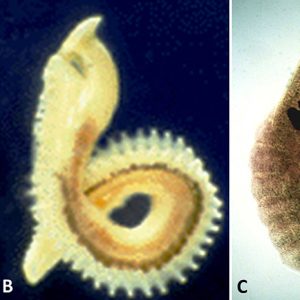 Representative Aspidogastreans
Representative Aspidogastreans
Reptiles
 Rice Seed Heads
Rice Seed Heads
 Rice Inspection
Rice Inspection
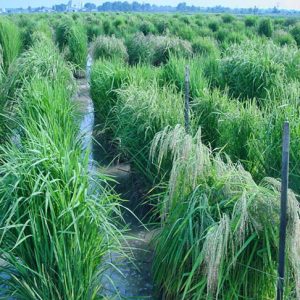 Rice Research Crop at the Dale Bumpers National Rice Research Center
Rice Research Crop at the Dale Bumpers National Rice Research Center
 Harriet Richard
Harriet Richard
 Rickets Victim
Rickets Victim
Riddle’s Elephant and Wildlife Sanctuary
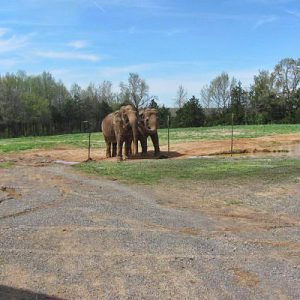 Riddle's Elephant and Wildlife Sanctuary
Riddle's Elephant and Wildlife Sanctuary
 Riddle's Elephant and Wildlife Sanctuary
Riddle's Elephant and Wildlife Sanctuary
Rivervale Inverted Siphons
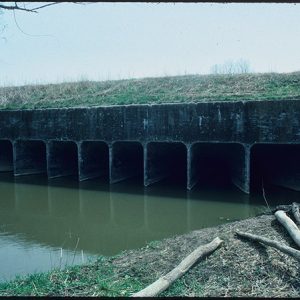 Rivervale Inverted Siphons
Rivervale Inverted Siphons
 Roadrunner
Roadrunner
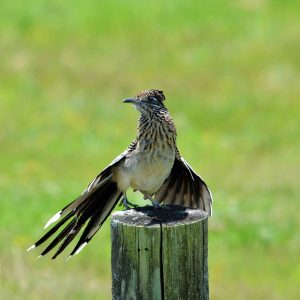 Roadrunner
Roadrunner
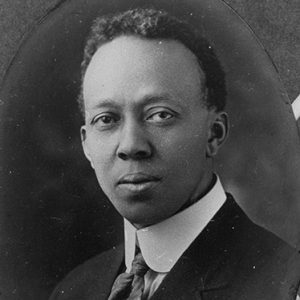 John M. Robinson
John M. Robinson
Robinson, John Marshall
 Rock Formations
Rock Formations
 Rock Island Bridge
Rock Island Bridge
Rock Island Bridge (Little Rock–North Little Rock)
aka: Choctaw Bridge
aka: Clinton Presidential Park Bridge
Rocks and Minerals
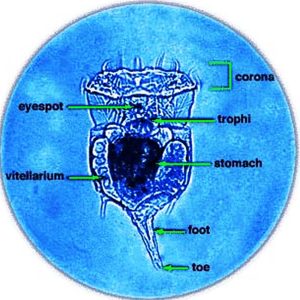 Rotifer
Rotifer
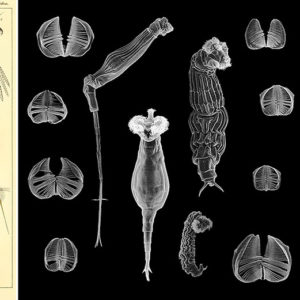 Rotifers
Rotifers
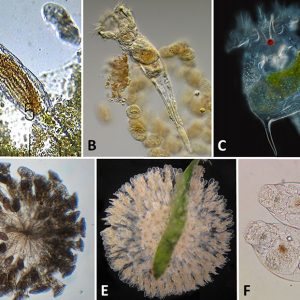 Various Rotifers
Various Rotifers
Rotifers
aka: Wheel Animals
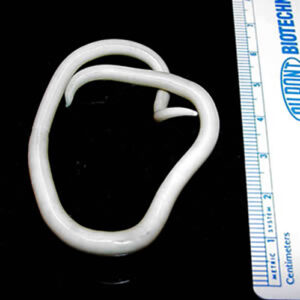 Roundworm
Roundworm
Roy, Frederick Hampton, Sr.
 Hampton Roy
Hampton Roy
Rubella
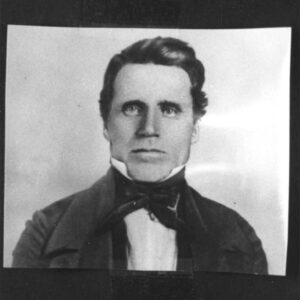 Dr. Thomas Russell
Dr. Thomas Russell
Rust, John Daniel
 John Rust
John Rust
 Salem Tornado, 1947
Salem Tornado, 1947




